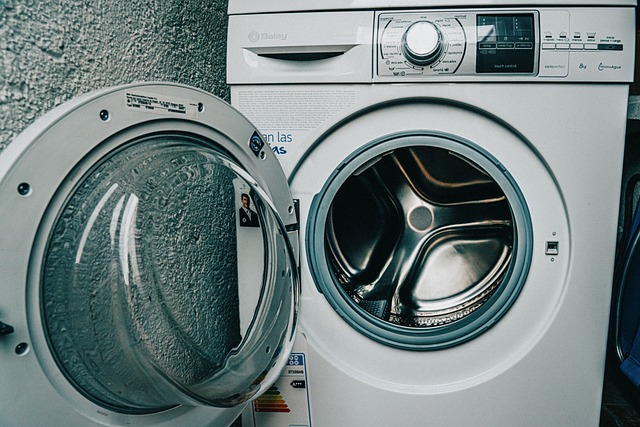Laundry is a chore most of us do regularly, but it’s also one of the biggest energy consumers in the home. Between washers, dryers, and hot water use, laundry can significantly impact your electricity bills and carbon footprint. However, with a few smart changes, you can save energy and money while keeping your clothes fresh and clean. Here are the top tips for efficient washing and drying.
1. Wash with Cold Water
One of the easiest ways to save energy is by washing your clothes in cold water. Heating water accounts for a large portion of the energy used during laundry. Most modern detergents are formulated to clean effectively at lower temperatures, so your clothes will come out just as clean without the extra cost. Reserve hot water washes for heavily soiled items or linens.
2. Run Full Loads
Washing a full load uses less energy per garment compared to multiple small loads. When possible, wait until you have a full load of laundry before starting the washer. However, avoid overloading the machine, as this can prevent proper cleaning and increase wear and tear on your appliance.
3. Choose Energy-Efficient Appliances
If you’re in the market for a new washer or dryer, look for models with an Energy Star certification. These appliances use less water and energy than standard models. Front-loading washers, for example, are generally more efficient than top-loading ones. Energy-efficient dryers often have moisture sensors that stop the cycle when clothes are dry, saving both energy and wear on your garments.
4. Optimize Washer Settings
Make use of your washer’s eco or energy-saving cycle. These settings are designed to use less water and energy while still delivering a thorough clean. Additionally, choose high spin speeds to remove more water from clothes before drying, reducing dryer usage.
5. Air-Dry When Possible
Air-drying your clothes is one of the best ways to cut energy usage. Whether you use a clothesline outdoors or a drying rack inside, letting clothes dry naturally can significantly reduce your energy consumption. This method is also gentler on fabrics, helping your clothes last longer.
6. Maintain Your Appliances
A well-maintained washer and dryer will operate more efficiently. Clean the lint filter in your dryer after every use to ensure proper airflow and faster drying times. Periodically check for blockages in the dryer vent, as clogged vents can increase drying time and energy use. For washers, run a maintenance cycle to remove detergent buildup and ensure it’s running at peak efficiency.
7. Use Dryer Balls
Dryer balls are a simple and affordable way to save energy. These balls help separate clothes in the dryer, allowing hot air to circulate more freely. This reduces drying time and energy usage. Wool dryer balls are a popular, eco-friendly option.
8. Avoid Overdrying Clothes
Set your dryer to an appropriate cycle for the type of fabric you’re drying. Overdrying not only wastes energy but also damages clothes. Use the moisture sensor feature if your dryer has one, as it will automatically stop the cycle once clothes are dry.
9. Do Laundry During Off-Peak Hours
If your utility company offers variable energy pricing, try to do your laundry during off-peak hours when electricity rates are lower. This not only saves money but also reduces demand on the grid during peak times.
10. Wash Less Frequently
Sometimes, we wash clothes more often than necessary. Re-wear lightly used items like jeans or jackets a few times before laundering them. This reduces the number of loads and extends the life of your clothes.
Conclusion
By adopting these energy-saving laundry practices, you can significantly reduce your household energy consumption. From using cold water and air-drying clothes to investing in efficient appliances, every small change can make a big difference. Not only will you save money, but you’ll also contribute to a healthier planet by reducing your carbon footprint.


